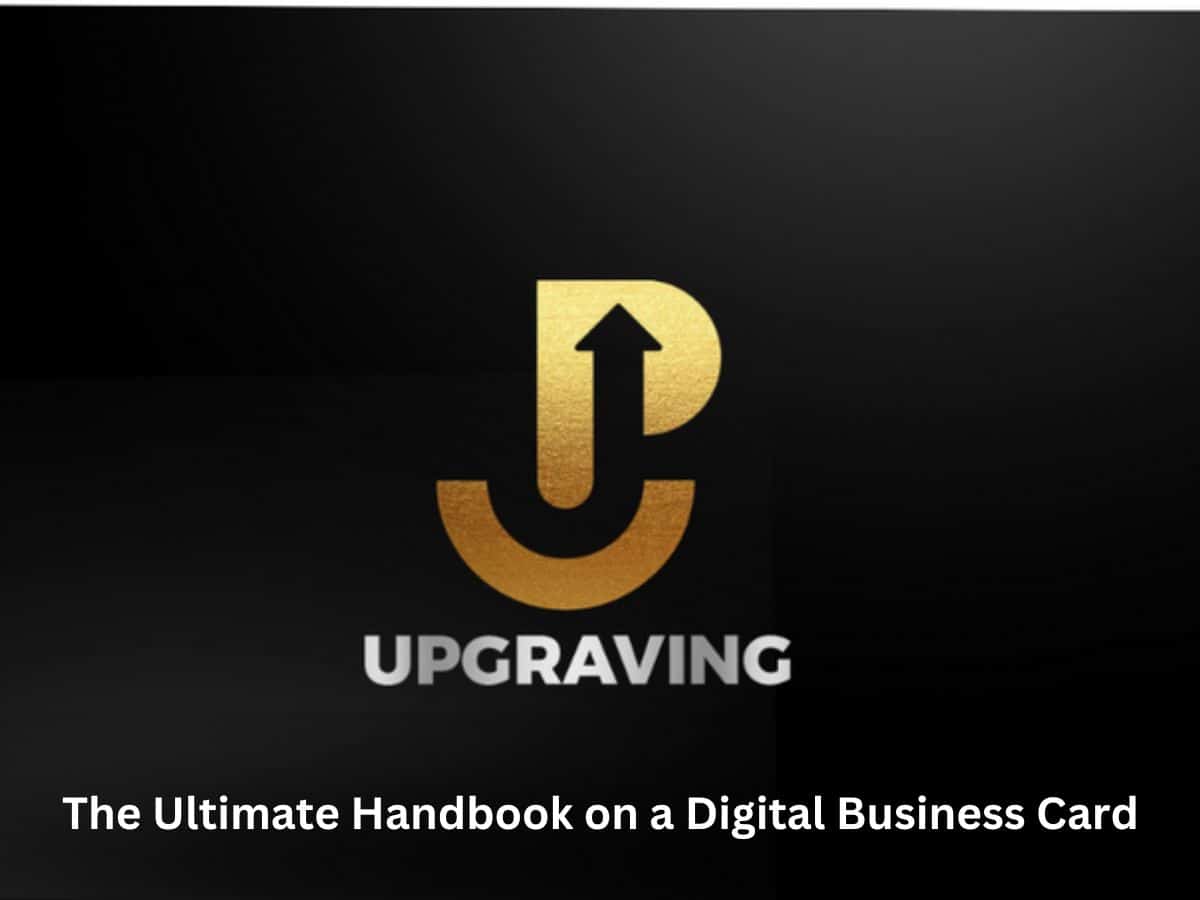In an era where first impressions can make or break a deal, traditional paper business cards are no longer relevant. Imagine you’ve just winded up a productive conversation at a networking event. As you reach into your pocket, that cardstock is not needed anymore. Instead, all you need to do is tap on your smartphone’s screen. And you can instantly share a sleek, sophisticated digital business card to represent yourself and your business.
Today, the exchange of contact information is not confined to physical limitations. Digital business cards have become the modern-day calling card for professionals across industries. These cards are not just convenient; they also leave a lasting impression. This helps you stand out in a crowded marketplace. Not impressed yet? Read on for an insider scoop on digital business cards. It’s time to redefine how you introduce yourself to the world.
What Is a Digital Business Card?
A digital business card streamlines how we exchange and store contact information. What sets these cards apart is the flexibility they offer. You get to craft a card that reflects your unique identity. Plus, it can be as detailed or concise as you prefer.
Sharing a digital business card is as easy as it gets. Instead of fumbling for that paper card in your pockets, you can share a URL or display a QR code. This lets the recipient access all your contact information with a scan. But here’s where it gets cool – virtual cards are not only about text and numbers.
Thanks to their dynamic and interactive nature, they let you add clickable links to your website. You can also add your social media profiles or even a promotional video to bring those leads in. Digital business cards let you guide people to give you a direct call. They can also view your portfolio or schedule a consultation – all from one place.
Who Is Digital Business Cards For?
Digital business cards are a modern alternative to traditional business cards. This is because they offer an eco-friendly way to exchange contacts. Plus, they’re also a convenient method to make lasting connections. But who exactly are digital business cards for?
- Entrepreneurs and Startups: They can easily customize and update their contact information.
- Sales and Marketing Professionals: They simplify the exchange of information. You can distribute them at networking events, conferences, and meetings.
- Freelancers and Consultants: They allow them to manage their diverse contacts. You can also use them to showcase your expertise in a polished manner.
- Creative Professionals: Artists, designers, writers, and photographers can use these cards. They can showcase their portfolios and highlight their work.
- Job Seekers: Job seekers can stand out with links to their LinkedIn profiles. You can also include online portfolios and other relevant information (qualifications and skills).
- Real Estate Agents: Digital business cards allow them to share property images. They can also add videos and contact information.
What To Include on Your Digital Business Card
A digital business card is the new normal to introduce yourself and your brand. Thus, it is essential to include everything that reflects your identity. Here are some key components of a virtual card.
Name and Profile Picture
Your name is your identity. Thus, it is important to include it prominently on your card. Plus, consider adding a profile picture that represents you professionally. An up-to-date photo is crucial as it helps make a memorable first impression. And don’t forget your contact information, like email and phone number.
Company Details
If you work at a company, add your job title, the company’s name, and its logo. Keep this information current to reflect any changes in your career or business.
Website & Marketing Materials
Share relevant links such as your website, portfolio, or marketing materials. This is a great way to direct people to your portfolio, e-newsletter, or website.
Social Media Handles
Include links to your social media profiles. These include Instagram, LinkedIn, Facebook, YouTube, Twitter, and others. This helps individuals keep tabs on their professional life-related updates.
Business Software Tools
Do you use specific business tools or apps for payments, video messaging, or scheduling? If yes, consider adding them to your digital business card.
Branding
The key is to stand out and reinforce your brand identity. Thus, you should customize the card’s color scheme. And don’t forget to incorporate your logo. Remember, using signature colors can significantly boost brand recognition.
Conclusion
A digital business card is more than just a shift from the paper-based version. It represents an upgrade in how we share information and make professional connections. Plus, upgrading to virtual cards also helps save your company’s time and resources (cost-savings, too!). Not to mention the competitive edge that your business gets by adapting to the changing landscape.
So, do you want to take the first towards an eco-friendly and impactful way of networking? A digital business card by UpGraving is your way to go. It gives you comprehensive insights into who’s interacting with your card. This helps you tailor your future interactions. The result? Maximum reach and impact! So make the switch to digital business cards and watch your connections soar.


